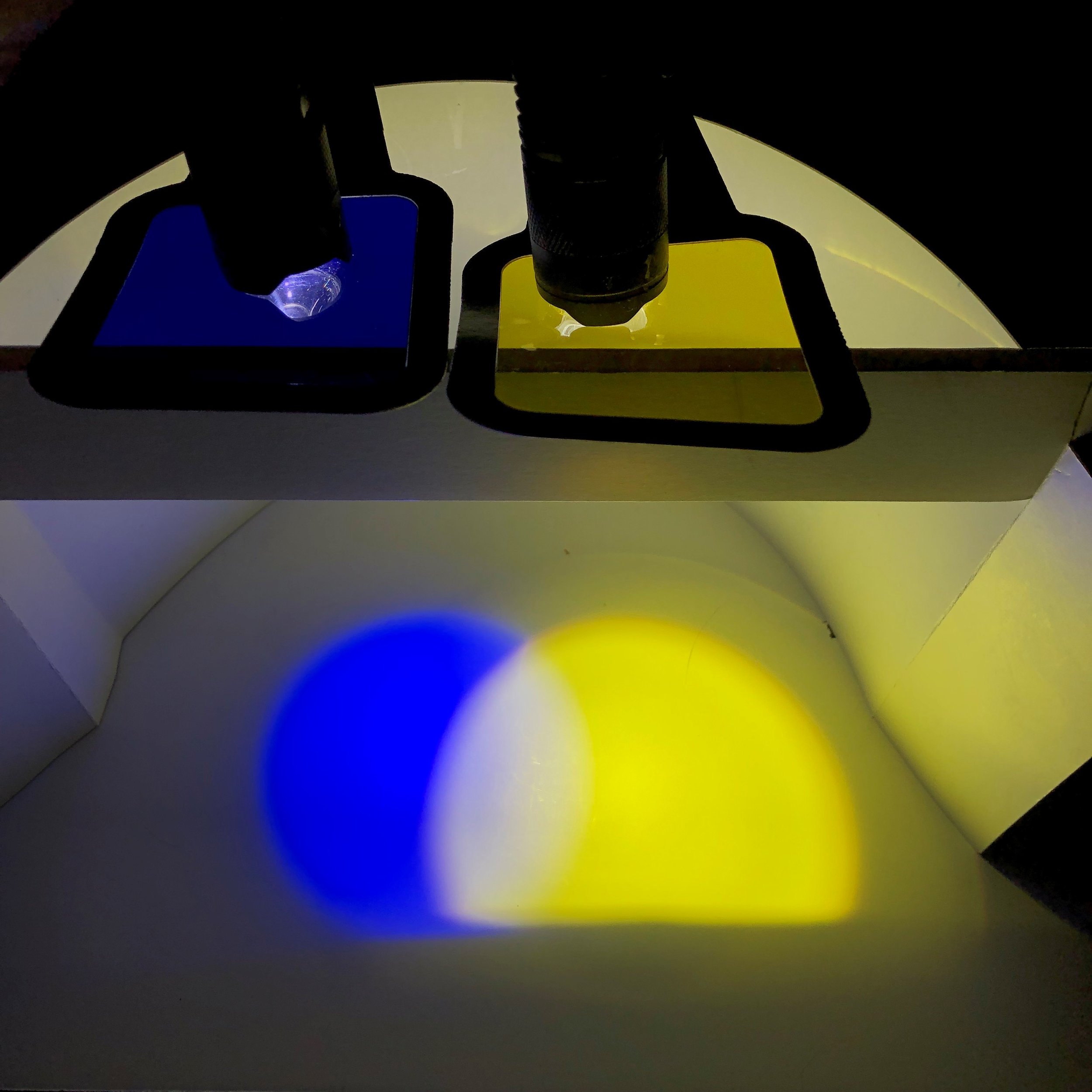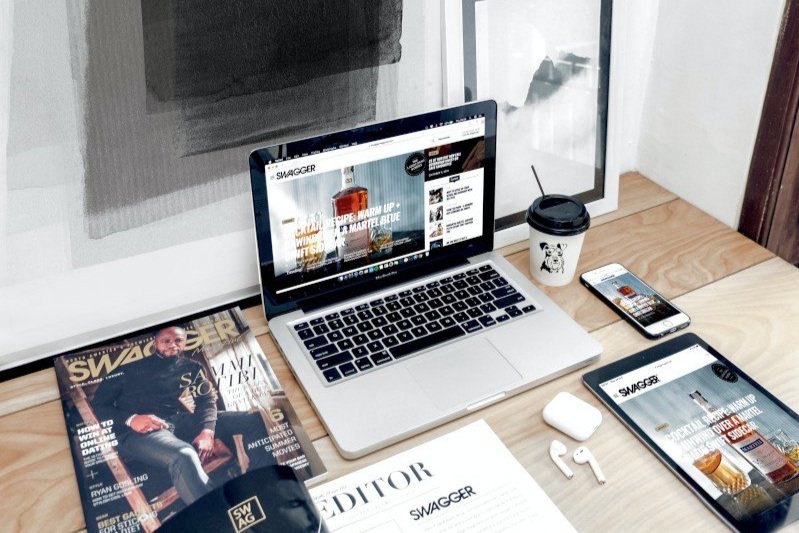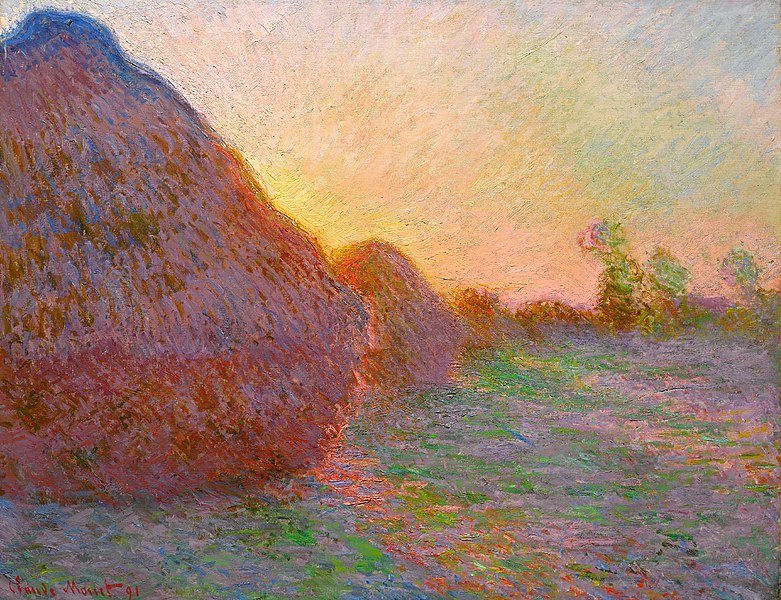When we mix coloured media, the resulting mixture depends on the process
You can’t mix colours - but you can mix paints - or other coloured media. Colours are perceptions, and can’t be mixed, but colourants or coloured media can. Here are some examples of mixing blue and yellow coloured media - which don’t always mix to green…
Blue and yellow coloured paints mix to: GREEN
Blue and yellow painted areas on a spinning disk mix to: GREY
Blue and yellow coloured light beams mix to: WHITE
Stacked blue and yellow filters mix to: GREEN
We see how particular blue and yellow coloured paints mix to green, how blue and yellow coloured light beams mix to white, how blue and yellow painted areas mix on a spinning disk to grey, and how stacked blue and yellow filters mix to green. How weird! Why are they not all green?
A painter’s palette (image courtesy Harald Arnkil).
When we are first introduced to ideas about colour, often we are taught about how to mix paints. We learn about primaries, secondaries, complements, etc., and this becomes our point of reference for how colour behaves. Instead, what we are really learning about is how coloured paints mix together and behave.
Red and green coloured light beams mix to: YELLOW.
To understand mixing, we need understand that there are different types of mixing processes, and different media can be mixed using each type of process. It is important to recognize that we do not mix colour, rather we mix coloured media. Thinking that colours and coloured media are the same thing can lead to various misconceptions about colours and colour mixing processes, like green ‘contains’ yellow and blue. We perceive colours, as our visual system absorbs and interprets light distributions which enter our eyes. In each type of mixing process, the media interact with light in slightly different ways. This means that the light which is sent to our eye depends both on the mixing process and on the medium used. Thus the perceived colour of a mixture depends both on the process and the medium. Even the brand of medium can impact the final result.
Try this!
Comparative mixing
Explore 3 types of colorant mixing, and see how they produce different results
Comparing complementary colours
Did you know there is more than one way to define a set of complementary colours? Complementary sets depend on the media and process used.
Learn even more
Learn even more about why ‘blue mixed with yellow’ does not always make green and take a deep dive into how subtractive, simple additive and optical mixing processes occur.
Our phones and computers use spatial optical mixing to produce the colours we see on our screens. Learn more about why the colours can appear different when we look at the same image on different devices.
Claude Monet. Haystacks, 1890. Oil on canvas. Public domain, via Wikimedia Commons.
“So painting is not done with colours, i.e. with sensory impressions, but with media that evoke sensory impressions in the finished image. ”













